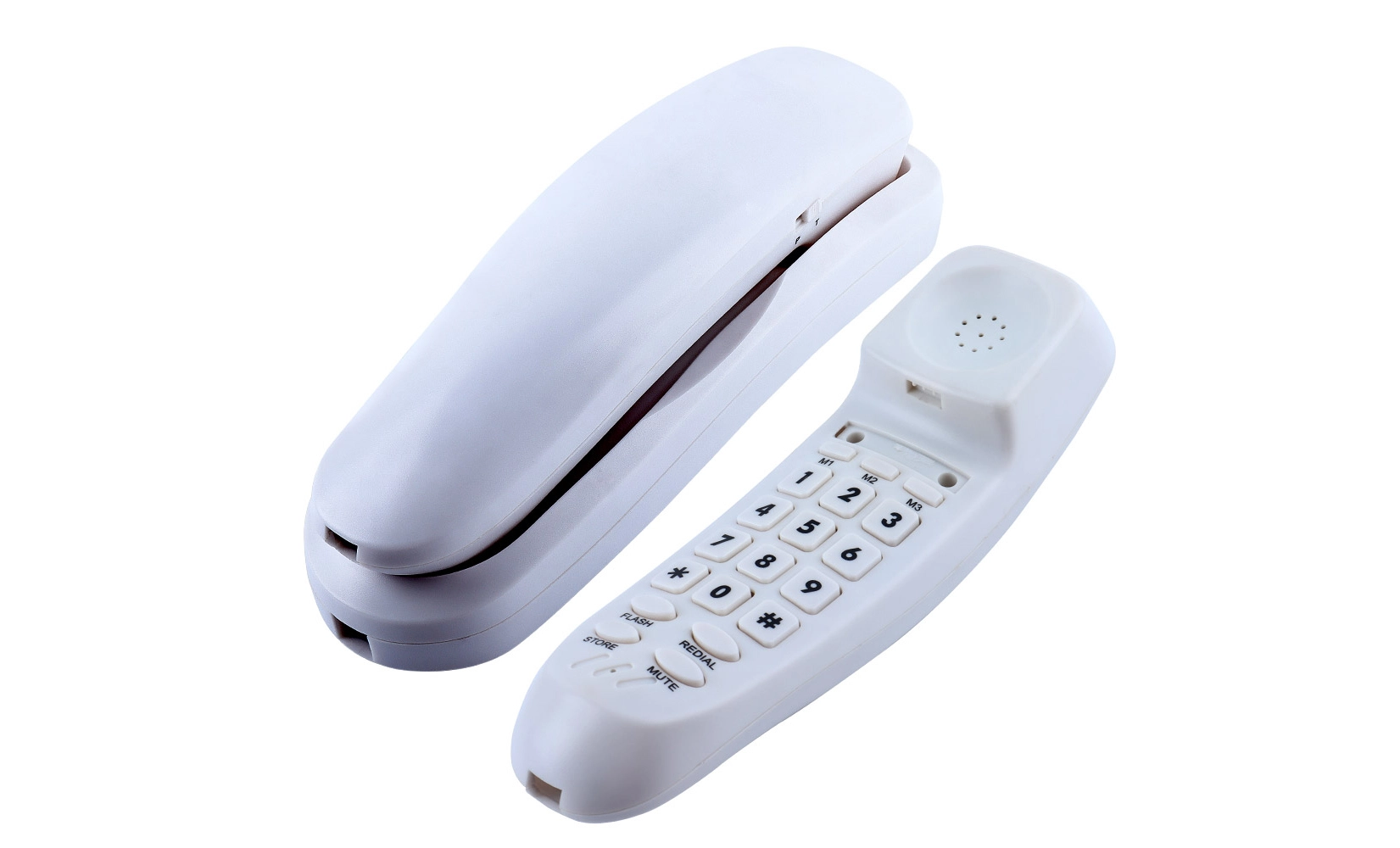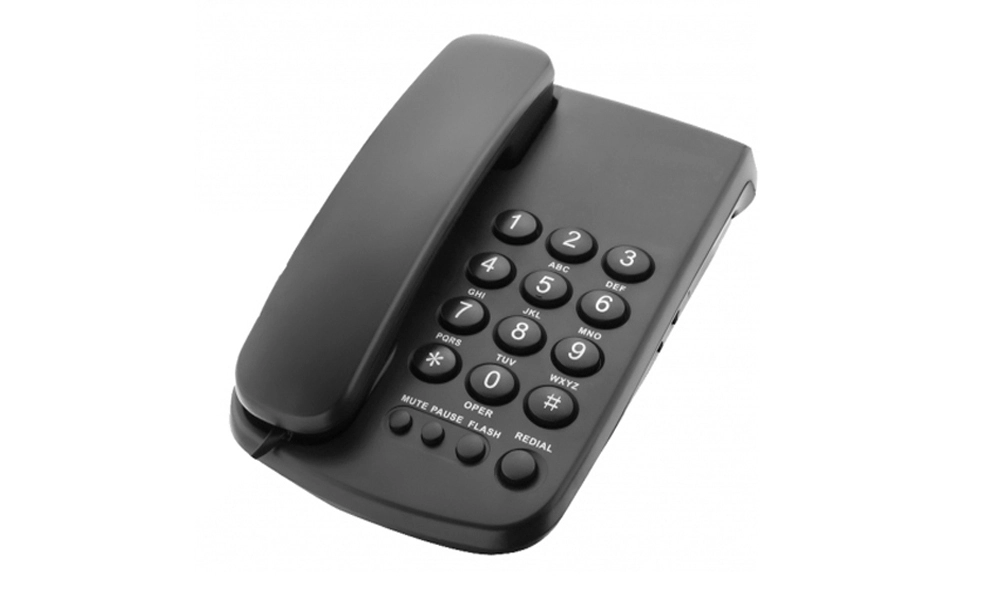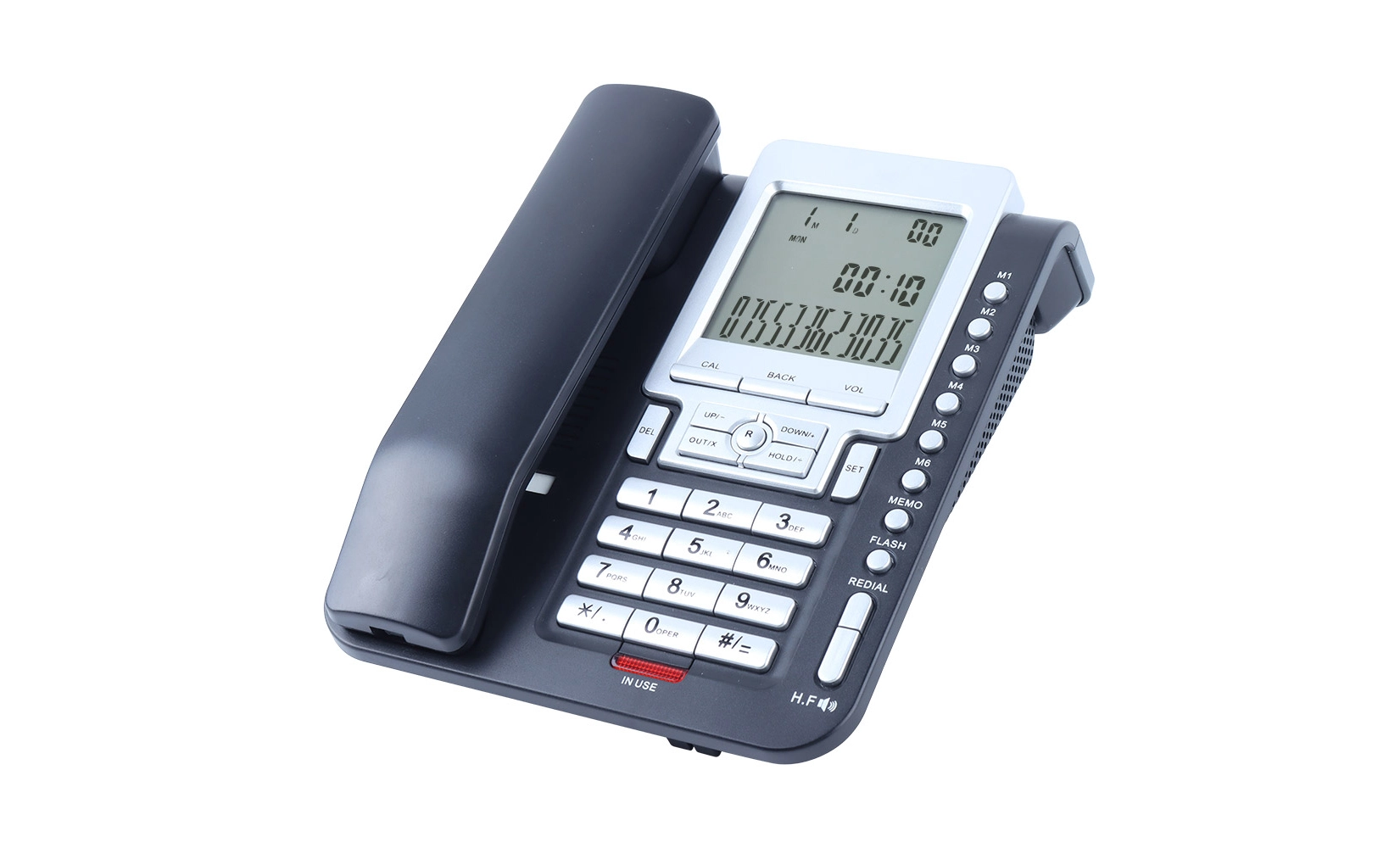The Importance of Safety Standards for Hospital Bedside Corded Telephones
In healthcare settings, every piece of equipment, including corded telephones, must prioritize patient safety. Hospital bedside phones are not just communication tools; they are medical devices that require careful consideration in their design and implementation. The importance of adhering to safety standards cannot be overstated, as these guidelines ensure that the devices do not pose risks to patients or interfere with other critical medical equipment.
Electrical Safety and Electromagnetic Compatibility
One of the primary concerns with any electronic device in a hospital environment is electrical safety. Corded telephones must comply with IEC 60601-1, the international standard for medical electrical equipment. This standard sets rigorous requirements for electrical safety, including protection against electric shock, mechanical hazards, and fire. Additionally, electromagnetic compatibility (EMC) is crucial to prevent interference with life-supporting medical devices. Hospital-grade corded telephones are designed to minimize electromagnetic emissions and resist interference from other equipment, ensuring reliable operation in sensitive healthcare environments.
Infection Control and Hygiene
In an era where infection control is paramount, hospital bedside corded telephones must be designed with hygiene in mind. Many modern hospital phones feature antimicrobial coatings or are made from materials that resist bacterial growth. These phones are also designed to withstand frequent cleaning and disinfection without degradation. Smooth surfaces, sealed keypads, and crevice-free designs are common features that facilitate easy cleaning and reduce the risk of pathogen transmission. Some advanced models even incorporate UV-C light technology for self-sanitization between uses.
Ergonomics and Accessibility
Safety standards also encompass ergonomic considerations to ensure that patients of all abilities can use the corded telephones effectively. This includes features such as large, high-contrast buttons, adjustable volume controls, and hearing aid compatibility. Many hospital phones are designed with tactile feedback and audible cues to assist visually impaired users. Compliance with accessibility standards, such as the Americans with Disabilities Act (ADA), is essential for ensuring that all patients can communicate effectively during their hospital stay.
Key Compliance Standards for Hospital Corded Telephones
Compliance standards for hospital corded telephones are multifaceted, covering various aspects of safety, performance, and environmental impact. Understanding these standards is crucial for healthcare facilities and manufacturers alike to ensure that the equipment meets the necessary requirements for use in medical settings.
Medical Device Regulations
In many jurisdictions, hospital bedside corded telephones are classified as medical devices, subject to specific regulatory oversight. In the United States, for instance, these devices may fall under the purview of the Food and Drug Administration (FDA). Compliance with FDA regulations ensures that the telephones meet the necessary safety and effectiveness standards for use in healthcare environments. Similarly, in Europe, medical devices must comply with the Medical Device Regulation (MDR) to obtain CE marking, indicating conformity with health, safety, and environmental protection standards.
Environmental and Substance Restrictions
Environmental compliance is another critical aspect of hospital corded telephone standards. The Restriction of Hazardous Substances (RoHS) directive, for example, limits the use of certain hazardous materials in electronic equipment. This standard is particularly important in healthcare settings, where exposure to toxic substances must be minimized. Compliance with RoHS ensures that the telephones do not contain excessive levels of lead, mercury, cadmium, and other harmful substances.
Telecommunications Standards
While hospital corded telephones must meet medical device standards, they must also comply with telecommunications regulations. In the United States, this includes adherence to Federal Communications Commission (FCC) rules for telephone terminal equipment. These standards ensure that the devices do not cause harm to the telecommunications network and meet basic functionality requirements. International standards, such as those set by the International Telecommunication Union (ITU), may also apply, especially for hospitals that serve international patients or participate in global telemedicine initiatives.
Implementing Safety and Compliance in Hospital Telephone Systems
Implementing safety and compliance standards for hospital corded telephones requires a comprehensive approach that involves careful planning, procurement, and ongoing management. Healthcare facilities must work closely with manufacturers and service providers to ensure that their telephone systems meet all necessary requirements.
Procurement and Installation Considerations
When selecting corded telephones for hospital use, procurement teams must prioritize devices that meet or exceed all relevant safety and compliance standards. This involves carefully reviewing product specifications, certifications, and test reports. Installation of these devices should be carried out by qualified professionals who understand the unique requirements of medical environments. Proper grounding, cable management, and integration with existing hospital systems are crucial aspects of a safe and compliant installation.
Staff Training and Usage Protocols
Even the most compliant and well-designed corded telephone system can be compromised if not used correctly. Healthcare facilities must implement comprehensive training programs for staff on the proper use and maintenance of bedside phones. This includes educating staff on cleaning protocols, reporting malfunctions, and understanding the importance of not tampering with or modifying the devices. Clear usage guidelines should be established and communicated to both staff and patients to ensure safe and effective use of the telephone system.
Ongoing Maintenance and Compliance Monitoring
Maintaining compliance is an ongoing process that extends beyond initial installation. Regular inspections, maintenance, and testing of corded telephones are essential to ensure they continue to meet safety standards throughout their lifecycle. This may include periodic electrical safety tests, cleaning audits, and functionality checks. Healthcare facilities should establish a robust compliance monitoring system, including documentation of all maintenance activities and prompt addressing of any identified issues. As standards evolve, facilities must also stay informed about updates to regulations and be prepared to upgrade or replace equipment as necessary to maintain compliance.
Conclusion
Hospital bedside corded telephones are essential communication tools that must adhere to rigorous safety and compliance standards. From electrical safety and infection control to accessibility and environmental considerations, these devices are subject to a complex web of regulations designed to protect patients and ensure reliable operation in healthcare settings. By understanding and implementing these standards, healthcare facilities can provide safe, effective communication solutions that enhance patient care and satisfaction. As technology and regulations continue to evolve, ongoing vigilance and adaptation will be necessary to maintain the highest levels of safety and compliance in hospital telephone systems.
Medical phones from RoHS-compliant manufacturers | CHEETA
Shenzhen Cheeta Technology Co., Ltd. stands out as a leading manufacturer of analog telephones, with over 18 years of expertise in OEM/ODM services. Our state-of-the-art 1,200 ㎡ facility, staffed by 100+ skilled workers and 10 senior engineers, ensures a daily production capacity of 1,000 analog units. We pride ourselves on adhering to CE and RoHS standards, implementing a rigorous 11-step inspection process that maintains our failure rate below 1%.
Our commitment to quality extends to our full customization options, combining cutting-edge engineering with rapid response times to meet global market demands. CHEETA's product range includes slim, compact, and wall-mountable telephones designed for various environments, from quiet hospital rooms to busy office spaces. Our devices feature clear layouts, durable construction, and essential functions like redial and ringer control. For more information about our telephone solutions, please contact us at allen@cheeta.com.cn.





